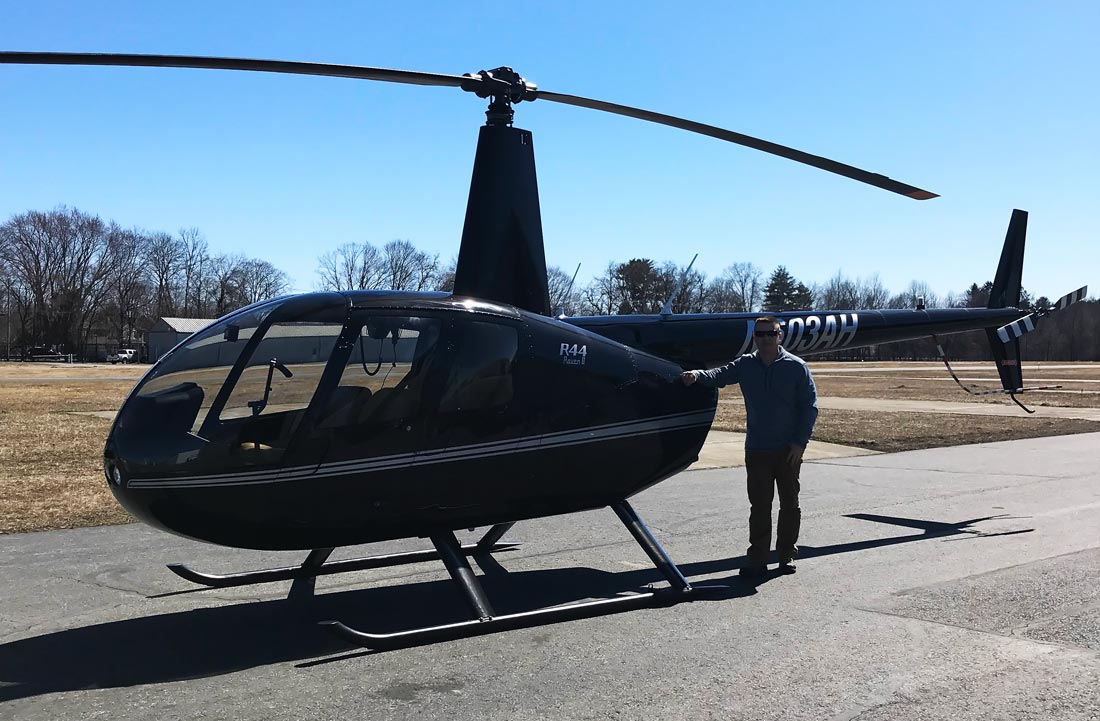Aircraft Hull Insurance Can Protect Your Plane When You’re Not There
Our files at Avemco® show that 48% of all our claims happen before an airplane even leaves the ground. Although pilots are seldom injured, substantial damage or total destruction can happen to an airplane.
Approximately 11% of those accidents occur while taxiing, sometimes because of inattention, complacency or distraction. But that leaves a full 37% of all losses that happen when a pilot is often nowhere near his or her airplane. For the most part, those claims are caused by weather. Usually, there’s nothing you can do about it. If straight-line winds take off the roof of your hangar, or a hailstorm batters your plane while it’s sitting on the ramp, you have no control.
But there are things you can do to reduce the risks of ground damage. You can be sure to install the gust lock and chock the aircraft whenever you leave it unattended outside, even if you have just stopped for a quick bite at an airport restaurant.
If you’re someone who usually keeps your plane in a hangar, do you know the proper way to tie it down on those rare occasions when you need to? Like when you’re going to AirVenture, for instance. For that matter, do you have effective tie-downs? When is a tie down anchor not a tie down anchor? When it hasn’t been designed and marketed as a tie down anchor for aircraft. A lot of spiral stakes may look the same but don’t confuse the one designed to restrain a 70-pound Golden Retriever with the one you need to secure 2,200 pound Cessna 172. Heavier stakes, specifically designed for securing aircraft, are only a few dollars more and could be well worth it if a thunderstorm hits in the middle of the night.
Such unforeseen and often unavoidable ground damage is a good reason to carry aircraft hull insurance. Even a bent wingtip can cost more to repair than several years’ worth of insurance premiums.
For a free personalized quote, visit www.avemco.com or call (888) 241-7891 to speak with an Aviation Insurance Specialist.
Avemco® does not provide technical or legal advice. Content is for general information and discussion only, and is not a full analysis of the matters presented. The information provided may not be applicable in all situations, and viewers should always seek specific advice from the FAA and/or appropriate technical and legal experts (including the most current applicable guidelines) before taking any action with respect to any matters discussed herein. In addition, content may solely reflect the view of the presenter and also should not be regarded as technical advice. Data presented is specific to Avemco Insurance Company as of 12/31/14.















Leave a Reply